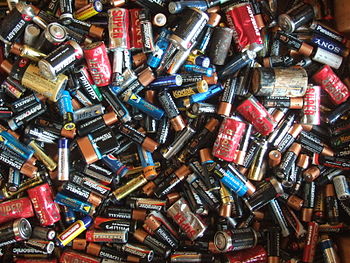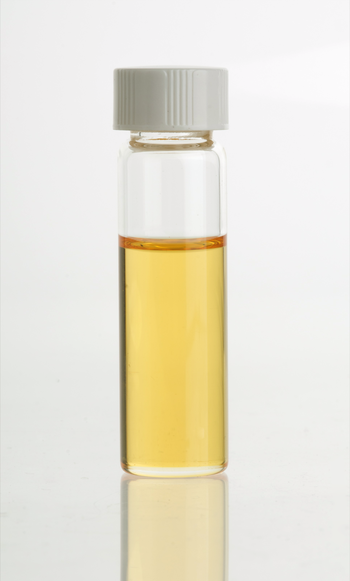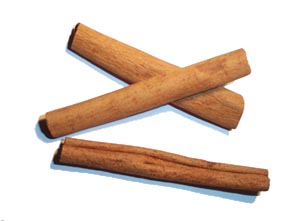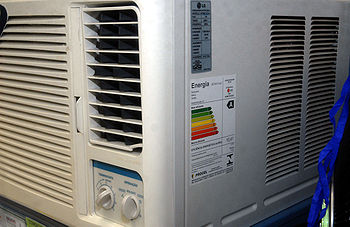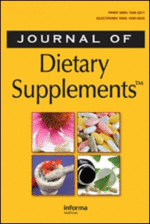The answer a lot of people turn to is deicers. Deicers can help you get rid of the ice, but can be damaging in their own way. A lot of them contain corrosive ingredients that can damage metals, stone and glass.
So what can you do? Here are a few tips:
 |
| Snow and ice. (Photo credit: Wikipedia) |
A common misconception about deicers is that they're supposed to actually remove ice. They're not. If you're using your deicer as your primary vehicle for removing ice, chances are you're using far too much.
The deicer's job is to lower the freezing point, so the bottom layer of the snow or ice melts. You can then use a shovel to move all the ice out. It's more of a loosening agent than a removal agent.
So if you want to keep your property in good shape, don't over do it on the deicer.
Watch Out For Plants
A lot of deicers are labeled as "safe for plants," but many of them really aren't. People don't catch the damage to their plants because it doesn't happen right away. Your plants and shrubs are most likely dormant for the winter, so you don't suddenly start to see your plants wilting the moment you pour deicer on top.
Instead, your plants just won't grow healthily after winter time. They might grow more slowly, have stunted leaves or have some sort of other issue.
 |
| Solid form of rock salt used for ice removal on streets. (Photo credit: Wikipedia) |
There are a few different environmentally friendly, property-safe ways to get rid of ice.
Your best option is an extract made from limestone and vinegar called calcium magnesium acetate (CMA.) CMA is more expensive than your average salt-based deicer. But it's also much better for your plants as well as for concrete and for windshields. As far as researchers can tell, it's basically non-corrosive.
There are a number of deicers you can use that are fine for plants, but damaging to concrete. You can use these for your garden areas, but don't use it on sidewalks.
If you have pets, this whole equation changes. Deicers can be deadly to pets. Pets tend to run around everywhere in the house and will walk on almost every pathway. If that pathway has chemicals or salts, your pet could poison himself when he licks his paws.
There are a number of environmentally friendly products on the market that are safe for plants, animals and concrete. Ice Melt and Safe Paw are two well known options. Calcium magnesium acetate is also generally regarded as safe for pets.
These are some of the most important things to keep in mind when you're choosing a deicer. Remember that sometimes it's worth spending a little more, especially when the safety of your plants, animals and property are involved.


